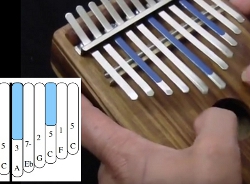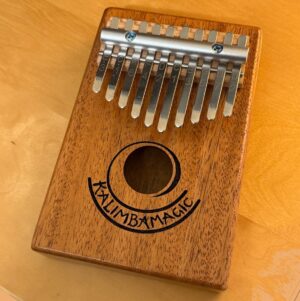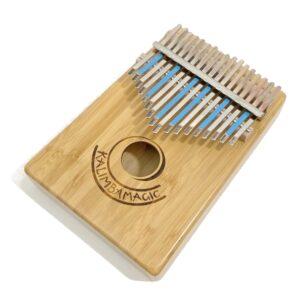
TIP: A Karimba Improvisational Strategy Part 6
The fourth intervals Exploring the fourth intervals This is an exercise which uses the “fourth” intervals (ie, they span 4 notes) on the lower row of karimba tines. Again, be sure that you are starting on the right two notes. You may want to go back to the previous tip and see how the “thirds” sound compared to the “fourths”. My take on it: the third intervals sound more European, and the fourth intervals sound more African. Of course, it really isn’t that simple – both European and African music use both 4ths and 3rds, but I think the way the 4th sounds is itself more African, and the way the






